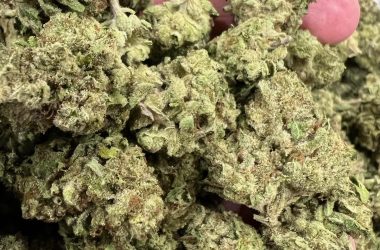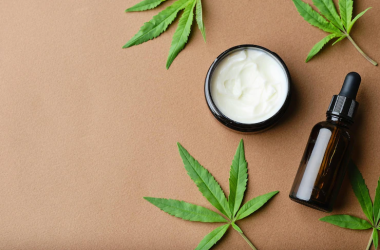Whether you’re a seasoned cannabis connoisseur or a budding enthusiast, understanding the science behind unlocking the full potential of your bud is crucial. One essential technique that every cannabis enthusiast should master is decarboxylation. Decarbing transforms THCA, the non-psychoactive compound found in raw cannabis flower, into THC, the psychoactive component responsible for the euphoric effects associated with marijuana use. In this comprehensive guide, we’ll delve into the intricacies of decarboxylating THCA flower, ensuring you get the most out of your bud pop thca flower experience.
Understanding THCA and Decarboxylation
THCA, or tetrahydrocannabinolic acid, is abundant in raw cannabis flower. When exposed to heat, THCA undergoes decarboxylation, a chemical process where a carboxyl group is removed, transforming it into THC. This conversion is essential for experiencing the full range of therapeutic and psychoactive effects associated with cannabis consumption. Decarboxylation occurs naturally over time as cannabis ages, but applying heat accelerates the process, making it more efficient.

The Importance of Proper Heating
To decarboxylate THCA effectively, precise heating is paramount. The ideal temperature range for decarboxylation falls between 220°F to 245°F (105°C to 118°C). Temperatures higher than this range can degrade THC, while lower temperatures may result in incomplete decarboxylation, leading to suboptimal potency. Utilizing an oven or a specialized decarboxylation device ensures consistent and accurate heating, maximizing the conversion of THCA to THC.
Preparation and Technique
Begin by finely grinding your cannabis buds to increase surface area and promote even heating. Spread the ground flower evenly on a baking sheet lined with parchment paper to prevent sticking. It’s essential to avoid overcrowding the baking sheet, as this can impede airflow and result in uneven decarboxylation. Place the baking sheet in a preheated oven and monitor the temperature closely using a thermometer. Stir the cannabis every 10-15 minutes to ensure uniform heating and prevent hot spots.
Timing Is Key
The duration of decarboxylation depends on various factors, including the moisture content and density of the cannabis flower. On average, decarboxylation takes between 30 to 45 minutes, but it’s crucial to monitor the process carefully. The cannabis should turn a slightly darker shade of green and emit a faint aroma, indicating that decarboxylation is complete. Overcooking can lead to the loss of cannabinoids and terpenes, so it’s essential to remove the cannabis from the oven promptly.
Cooling and Storage
Once decarboxylation is complete, allow the cannabis to cool before handling or storing it. Transfer the cooled flower to an airtight container to preserve freshness and potency. Store the decarbed bud in a cool, dark place away from direct sunlight and heat sources. Proper storage ensures that your decarboxylated THCA flower remains potent and flavorful for future use.
Experimentation and Enjoyment
Decarboxylated THCA flower opens up a world of culinary possibilities, allowing you to incorporate cannabis into a variety of recipes and infusions. Whether you’re whipping up infused oils, butter, or baked goods, the potency and versatility of decarbed cannabis enhance the overall experience. Remember to start low and go slow when experimenting with dosages, as decarboxylated THC can be more potent than its raw counterpart.

Conclusion
Decarboxylating THCA flower is a fundamental skill for any cannabis enthusiast seeking to unlock the full potential of their bud. By understanding the science behind decarboxylation and mastering the proper techniques, you can ensure maximum potency and enjoyment in your cannabis experience. Whether you’re using decarbed flower for therapeutic purposes or recreational indulgence, precision and care are key. So, fire up that oven, pop in your bud, and embark on a journey of enhanced euphoria and relaxation with decarboxylated THCA flower.





